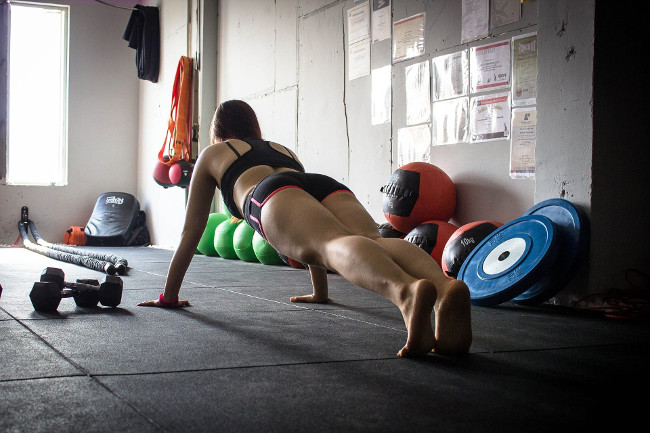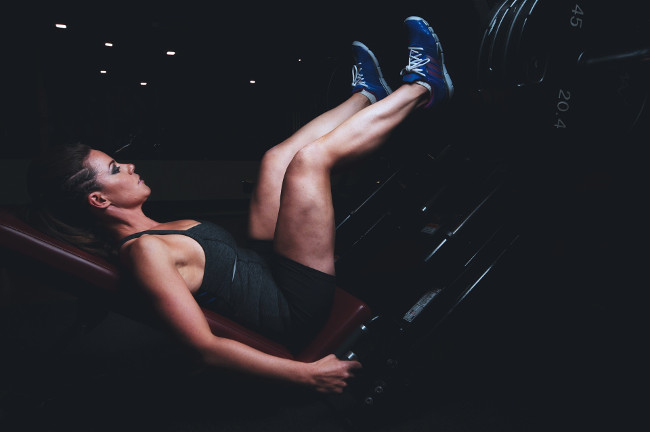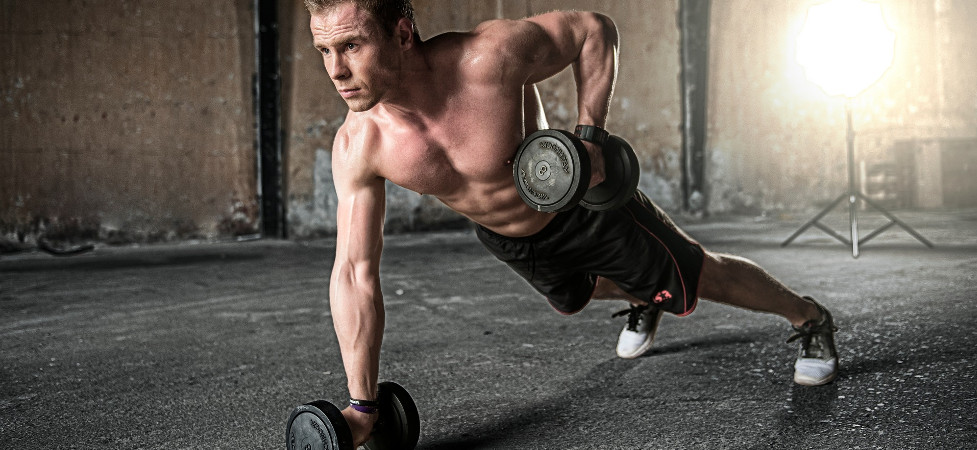After weeks Christmas parties throughout December, the start of a new year calls for a new year’s resolution, and for many, switching up our health regime becomes a top priority.
In 2017, exercising more was the most popular resolution amongst Brits (40%), with losing weight (33%) the second most popular resolution (figures taken from a 2017 comres survey). So, whether it was the extra nights out, or the endless sweet treats on offer, our blood sugar levels spike to extreme measures and convert this excess sugar into fat – meaning many of us pile on the pounds over Christmas and New Year.
According to personal trainer Andy Ward, there is a solution to getting back on track in 2018 – high intensity interval training, more commonly known as HIIT.
Combining short bursts of intense aerobic exercises such as sprinting, followed by longer recovery rest periods, HIIT training has become one of the UK’s most popular workouts with proven results from users that help reduce body fat mass and increase fitness levels.
Here personal trainer and Cellucor athlete Andy Ward shares his fat-busting HIIT workout that you can do easily from either the comfort of your own home or with that new year gym membership.

Andy’s top tips for an impactful HIIT workout:
Build yourself up gradually
Before introducing intervals into your regime, you do need some sort of baseline aerobic fitness, therefore if you haven’t been doing any exercise at all, start with 3 x 20-minute steady state cardio (jogging or cycling for example). When you begin to find this easy you’re ready to hit the HIIT! Try introducing 2-3 intervals at a time during your normal 20-minute routine, and as you become more fit you can add more intervals into your workout.
Choose exercises that you enjoy
If you’re not a fan of cycling, don’t cycle. If you’re a keen runner, sprints are your best bet. Choosing an activity that you particularly like gives you a higher chance of sticking with it, and consequently will give you a better chance of seeing the results you want to achieve.
Fuel your workouts
If you’re feeling sluggish and cold in the winter months, choosing a pre-workout such as Cellucor’s C4 will help give you an instant and explosive burst of energy. C4 will also help to increase your focus and will be your best friend in times of need when you’re feeling unmotivated to workout.
If you did overindulge this Christmas, don’t worry too much, HIIT workouts burn more glycogen (which is what carbohydrates are converted to) which means all those extra chocolates will be put to good use!
Be careful not to overdo it
HIIT can be very taxing on the central nervous system, and with a drop in temperature the cold weather may make you more susceptible to picking up one or two colds. So if you’ve overeaten, don’t over train to compensate for this as you could do more harm than good by running your immune system down. Instead, try to stick to a normal and regular routine where you can.

Andy’s HIIT workout guide:
For optimal results outdoor sprints are the best form of exercise for a HIIT workout. However, there are other indoor options such as:
– Spin Bike
– Skipping
– Battle Ropes
– Boxing Pads
– Rowing
All you need to do is start with a 5-minute warm-up, whether it’s a light jog, cycle or row, just make sure your heart rate is elevated and you’re ready to increase the intensity.
Using your exercise of choice, follow the regime below where you must exert the maximum amount of effort at each 20 second interval, for example sprinting as fast as you can.
Round 1 – 20 Seconds at 100% Maximum Effort. 40 Seconds – 1 Minute rest.
Round 2 – 20 Seconds at 100% Maximum Effort. 40 Seconds – 1 Minute rest.
Round 3 – 20 Seconds at 100% Maximum Effort. 40 Seconds – 1 Minute rest.
Round 4 – 20 Seconds at 100% Maximum Effort. 40 Seconds – 1 Minute rest.
Round 5 – 20 Seconds at 100% Maximum Effort. 40 Seconds – 1 Minute rest.
Round 6 – 20 Seconds at 100% Maximum Effort. 40 Seconds – 1 Minute rest.
The rest period (40 seconds – 1minute) aims to bring the heart rate back down before the next working period. This can either be slow movement or complete stop to help recovery.
As you get better aim to either increase the intensity or work rate during your working interval or add additional intervals with each workout.
Always finish with a 5-minute cool down, allow the heart rate to drop back down.






















